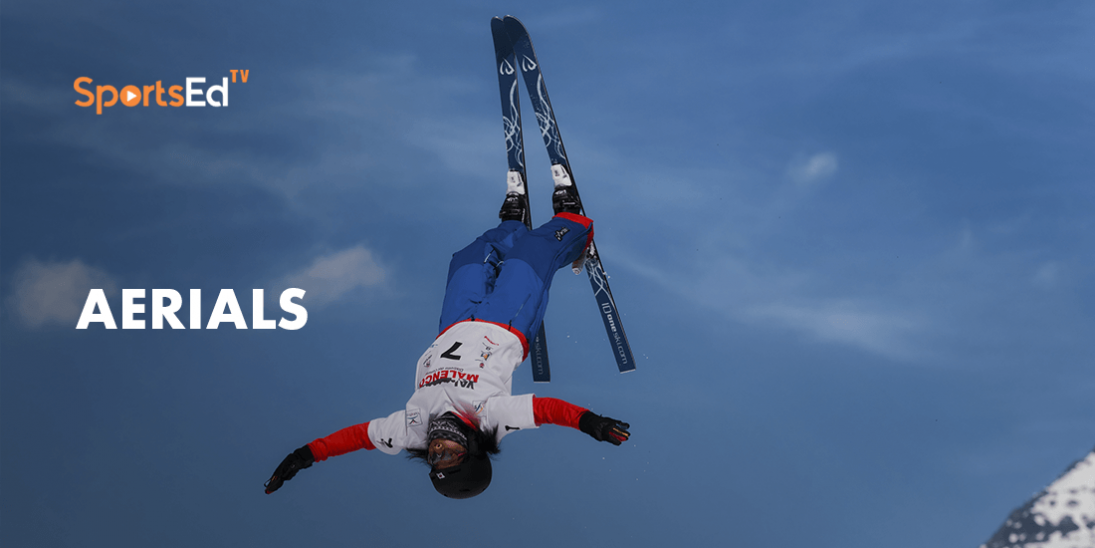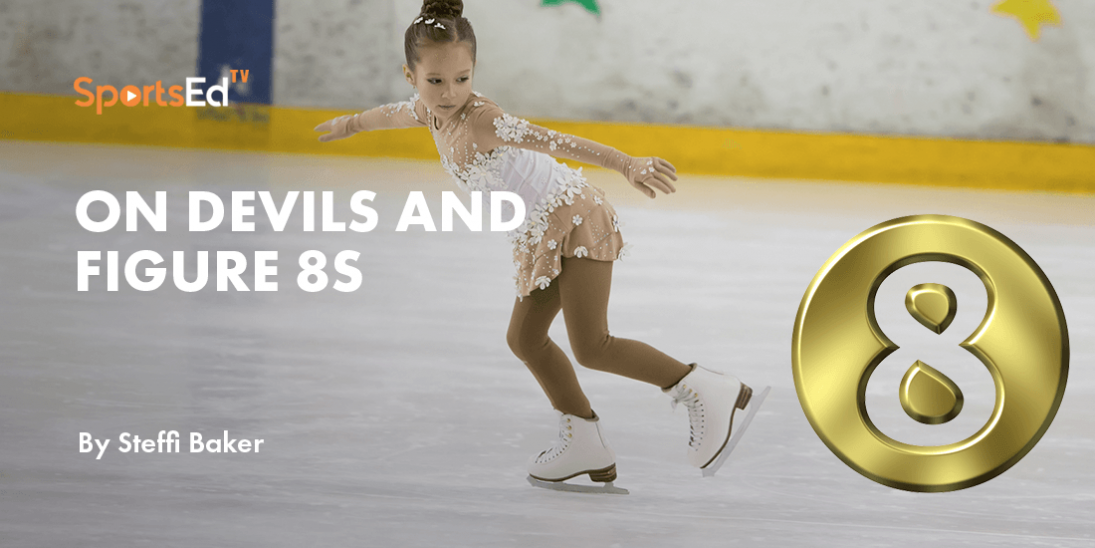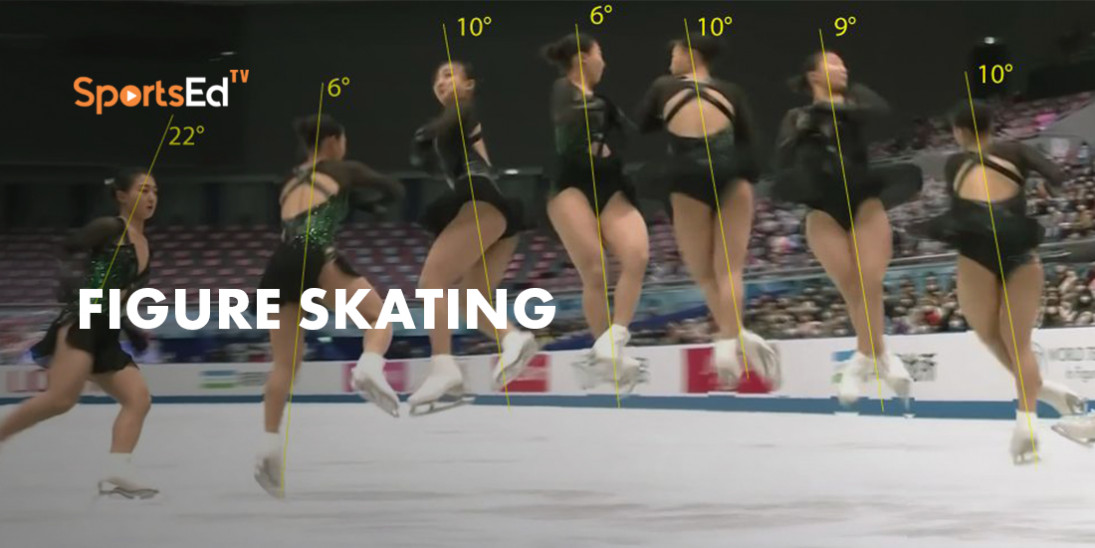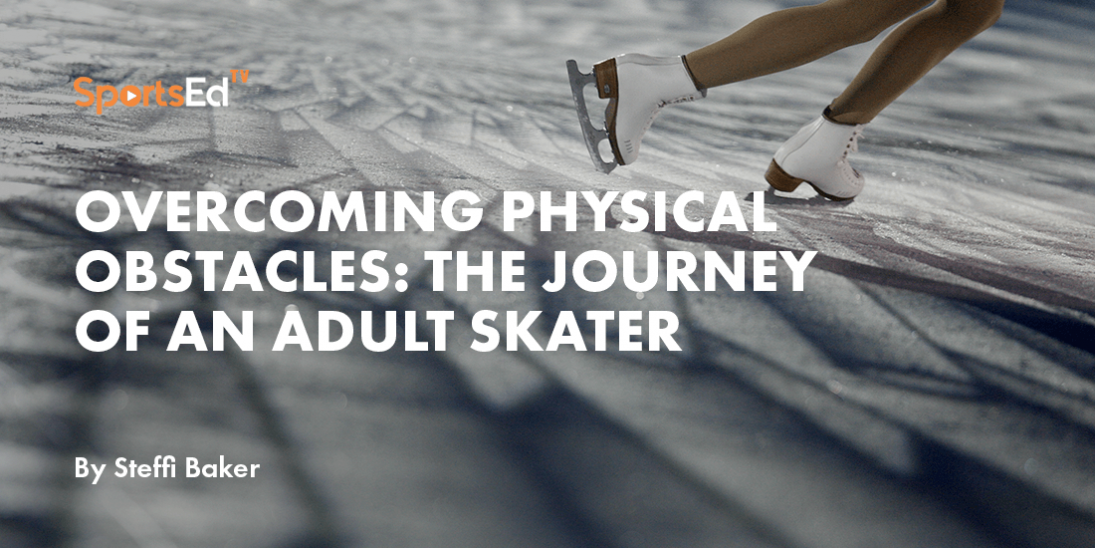Winter Sports
Welcome and thanks for visiting...

Basics of Big Air Snowboarding Competition
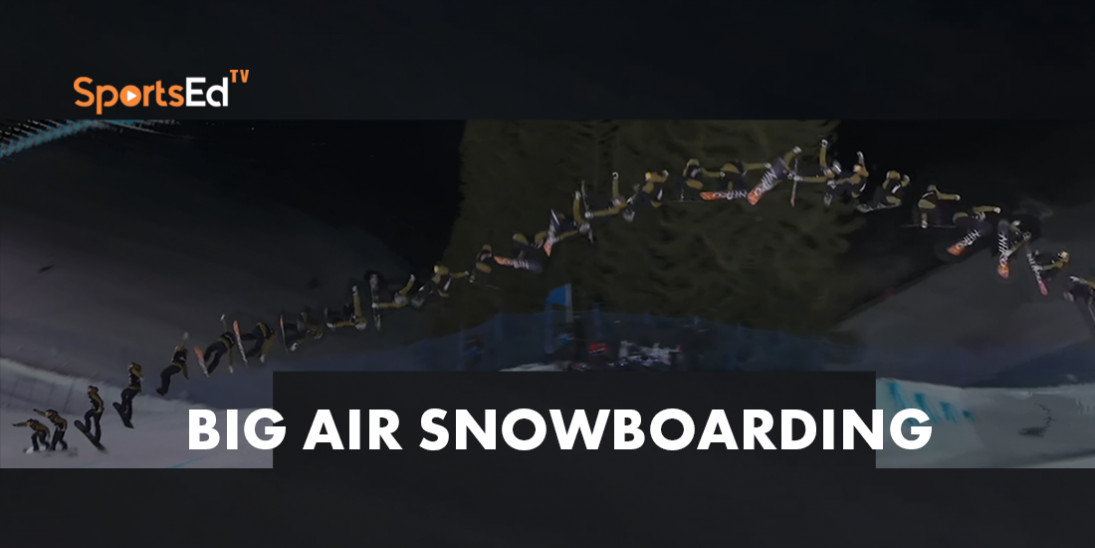
Snowboard big air is a judged sports competition. Athletes perform tricks on a large jump, taking the ticker and aiming to stay airborne for as long as possible.
Executing tricks before landing cleanly judges award up to 100 points based on five criteria difficulty execution, amplitude landing, and progression. Stances snowboarders take on their boards: Regular is when the rider leads with their left foot with their right foot trailing. Goofy stance is leading with the right foot and left foot trailing for snowboarders.
Switch refers to standing with the opposite foot forward of their natural stance, which for regular riders means right foot forward, and for goofy riders left foot forward. This may sound simple, but it's like doing everything backward. So taking off or landing switch can add to the difficulty points awarded by the judges. Frontside and backside describe the direction a snowboarder spins through the air.

Frontside is when the athlete spins with their chest or front facing the direction of travel. Backside is when the athlete spins with their back facing the direction of travel. Both are particularly important in Olympic big air as a rider must complete one trick, spinning one way and a second spinning in the opposite direction to record two valid tricks. Grabbing the board is a key aspect of any trick.
There are many different ways of grabbing. Athletes continue to push the boundaries. Double corks and rotations of up to 1260 degrees are now commonplace in women's competition. Recently, in men's big air events, snowboarders have performed both frontside and backside Quad Cork 1800s and spins of up to 19 180, while the goal of big air remains the same to impress the crowd. There's more to it than going big.
In-Depth Short Snowboarding Info Courtesy of NBC Olympics

